Free trees mark Apalach’s Arbor Day
In celebration of Florida’s Arbor Day, the city of Apalachicola’s Tree Committee gave away more than 70 live, young trees at the Mill Pond Pavilion Farmers Market on Saturday morning, Jan. 14.
For those trees, though, that are dead and dying, the committee is asking the city to provide a safe and fitting end to their long lives spent shading visitors at Chesnut Cemetery.
The Florida Forest Service supplied the committee with 20 pond cypresses, 15 live oaks, 15 myrtle oaks, 11 sweet bay magnolias, and 10 longleaf pines, all potted in three-gallon containers to Apalachicola residents at the market.
In addition FFS county forester Emily Martin and Tate’s Hell forester Alex Skovronsky and University of Florida Extension Service agent Erik Lovestrand answered questions about tree care. Information was provided on lethal bronzing disease, which is killing palms in the city.
Dennis Winterringer, the tree committee chairman, has asked the city to OK a proposal from the Apalachicola Area Historical Society that seven high risk trees be removed from the cemetery, and that dead limbs be removed from two additional high-risk trees.
“If the trimming reveals that these two trees are hollow or structurally unstable, AAHS asks that they also be removed,” Winterringer wrote in an email last week.
He has wrapped two pink ribbons around the trunks of the nine trees in question, and asked that members of the AAHS’ cemetery committee and interested citizens take a look.
In June 2016, James J. Miller PhD LLC prepared a preservation plan for the cemetery, funded by a Florida Division of Historical Resources grant. Along with the plan certified arborist from Big Bend Forestry Services, Inc., prepared a March 2017, report on the health of each of the 171 trees within the cemetery, the likelihood that they would fall, and, if they did, what they would damage (monuments, fences, people, and utilities).
The arborist recommended that 29 trees be removed because they were rated extreme or high risks to cause damage.
The city hired a tree contractor Tree Help LLC that removed six extreme- and high-risk trees and two sabal palms apparently killed by lethal bronzing disease in August 2022.
The trees in question include a pair of water oaks, perhaps actually laurel oaks, on the north corners of the cemetery, with diameters of 14 and 16 inches. Two other 14-inch laurel oaks, on the north end of the cemetery, and a 21-inch laurel oak on the south end, are also slated for removal.
A 12-inch oak and a 20-inch live oak, in the center of the cemetery, are also slated for removal if approved by the city.
A pair of cedars, 24- and 26-inch in diameter, both on the north of the cemetery, would have their limbs trimmed as well.
“After the work on these nine trees is completed, there are 15 more high-risk trees that need to be removed,” Winterringer wrote. “Beyond these there are several trees whose dead branches need to be trimmed.”

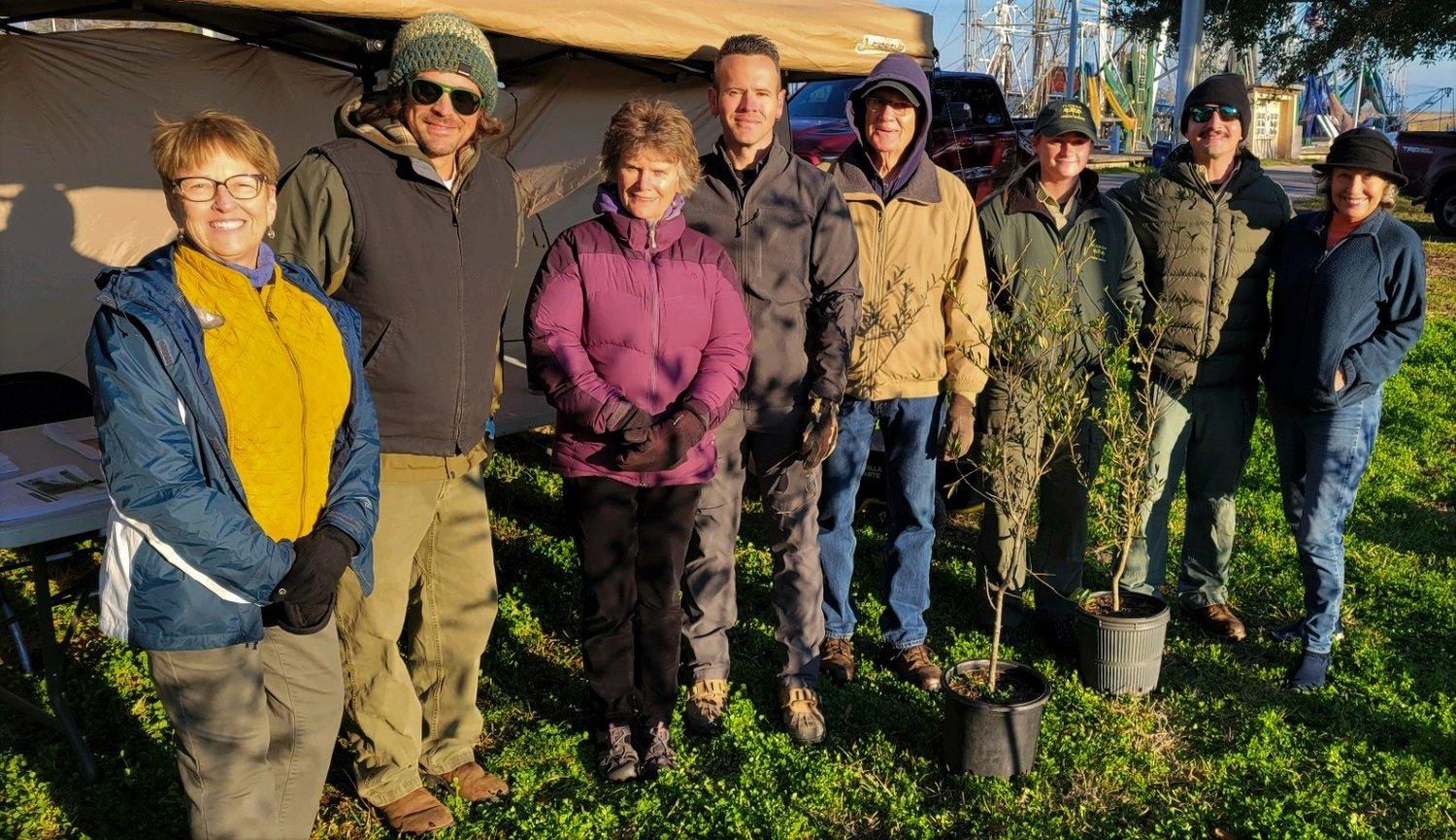


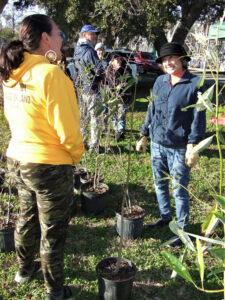
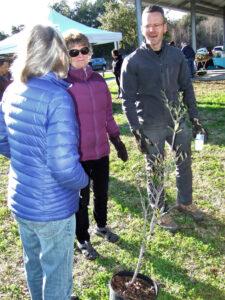
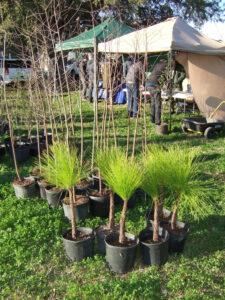
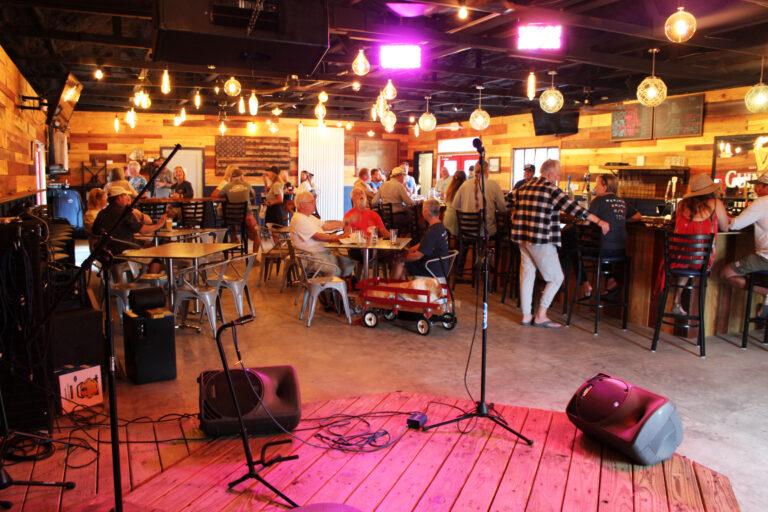
Meet the Editor
David Adlerstein, The Apalachicola Times’ digital editor, started with the news outlet in January 2002 as a reporter.
Prior to then, David Adlerstein began as a newspaperman with a small Boston weekly, after graduating magna cum laude from Brandeis University in Waltham, Massachusetts. He later edited the weekly Bellville Times, and as business reporter for the daily Marion Star, both not far from his hometown of Columbus, Ohio.
In 1995, he moved to South Florida, and worked as a business reporter and editor of Medical Business newspaper. In Jan. 2002, he began with the Apalachicola Times, first as reporter and later as editor, and in Oct. 2020, also began editing the Port St. Joe Star.